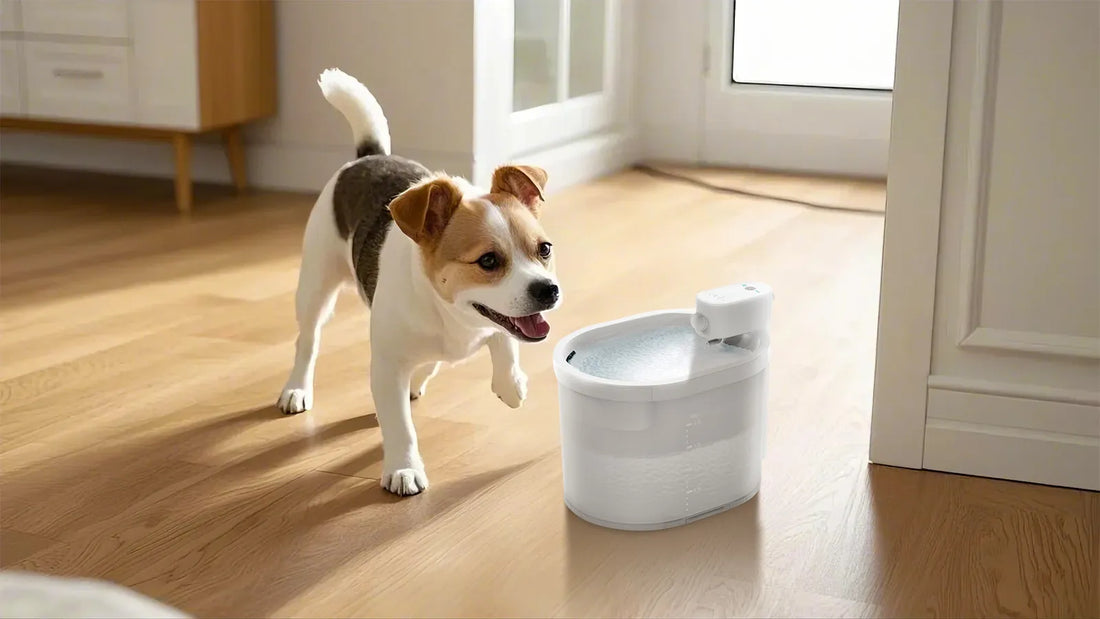Ever wondered how long after a walk you should feed your dog? The answer isn’t as straightforward as you might think. Timing your dog’s meals around their exercise routine is crucial for their health and well-being. In this article, we’ll explore the science behind feeding your dog after a walk, the potential risks of getting it wrong, and practical tips to ensure your furry friend stays in top shape.
The Science Behind Feeding After a Walk
Dogs, like humans, need time to recover after physical activity. When your dog walks, their body directs blood flow to their muscles to support movement. After the walk, it takes time for their body to return to its normal state. Feeding your dog immediately after a walk can interfere with this process and lead to digestive issues.
Additionally, eating too soon after exercise can increase the risk of a condition called bloat, which is particularly dangerous for larger breeds. Bloat occurs when the stomach fills with gas and twists, cutting off blood flow. This is a life-threatening emergency that requires immediate veterinary attention.
How Long Should You Wait?
The general rule of thumb is to wait at least 30 minutes to an hour after a walk before feeding your dog. This gives their body enough time to cool down and return to its resting state. However, the exact timing can vary depending on factors like the intensity of the walk, your dog’s size, and their individual health needs.
For example, if your dog has just completed a strenuous hike or a long run, you may want to wait closer to an hour before offering food. On the other hand, if it was a short, leisurely walk, 30 minutes might be sufficient.
Signs Your Dog Is Ready to Eat
Every dog is different, so it’s important to pay attention to their behavior. Here are some signs that your dog is ready to eat after a walk:
- They are no longer panting heavily.
- Their breathing has returned to a normal rate.
- They seem relaxed and calm.
- They show interest in food by sniffing or approaching their bowl.
If your dog still seems restless or uninterested in food, it’s best to wait a little longer before offering their meal.
Tips for Feeding Your Dog After a Walk
To ensure your dog stays healthy and comfortable, follow these tips when feeding them after a walk:
- Provide Fresh Water First: After a walk, your dog may be thirsty. Offer them fresh water to rehydrate before giving them food.
- Serve Smaller Portions: If your dog is particularly active, consider breaking their meals into smaller portions to prevent overeating.
- Avoid High-Fat Foods: High-fat meals can be harder to digest, especially after exercise. Stick to balanced, easily digestible meals.
- Monitor Their Behavior: Keep an eye on your dog after they eat to ensure they don’t show signs of discomfort or bloating.
Common Mistakes to Avoid
Many dog owners make the mistake of feeding their pets too soon after a walk, which can lead to health issues. Here are some common pitfalls to avoid:
- Feeding Immediately: As mentioned earlier, feeding your dog right after a walk can cause digestive problems and increase the risk of bloat.
- Overfeeding: After exercise, your dog might feel hungrier than usual. Resist the urge to overfeed, as this can lead to weight gain and other health issues.
- Ignoring Individual Needs: Every dog is unique. Consider factors like age, breed, and activity level when determining the best feeding schedule.
When to Consult a Veterinarian
If you’re unsure about the best feeding schedule for your dog, or if they show signs of discomfort after eating, it’s always a good idea to consult your veterinarian. They can provide personalized advice based on your dog’s specific needs and health history.
Additionally, if your dog experiences symptoms like vomiting, lethargy, or a distended abdomen after eating, seek veterinary care immediately. These could be signs of a serious condition like bloat or gastrointestinal obstruction.
By understanding the importance of timing your dog’s meals after a walk, you can help them stay healthy, happy, and full of energy. Remember, every dog is different, so pay attention to their cues and adjust their feeding schedule as needed. Your furry friend will thank you for it!













